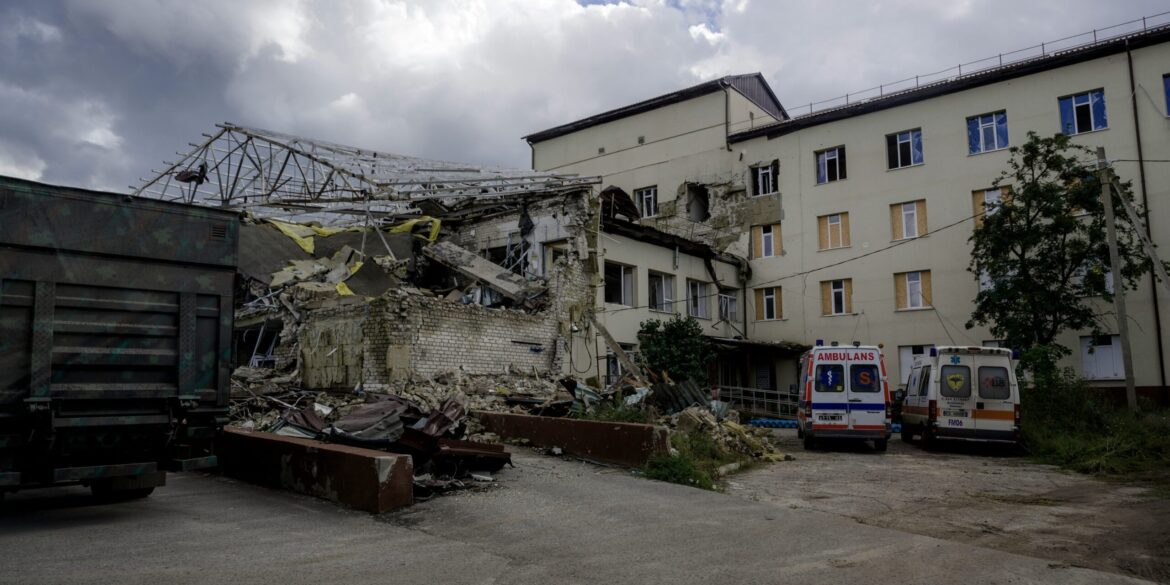Researchers at the University of California, Davis, have made a groundbreaking discovery that challenges decades of established thinking about how earthquake faults behave deep underground. Their research suggests that deep tectonic fault zones—those located far beneath the Earth’s surface—may have the ability to regain strength within hours after experiencing a seismic event. This finding significantly alters our understanding of fault mechanics and could have profound implications for predicting earthquake risks and improving seismic hazard assessments.
For years, geologists have understood that when a fault slips during an earthquake, it loses strength temporarily. Traditional models have posited that it can take years, or even centuries, for these faults to regain enough strength to experience another seismic event. However, the research team at UC Davis has shown that deep faults might heal much more quickly than previously thought. By simulating the high-pressure, high-temperature conditions that exist deep within the Earth’s crust, the scientists were able to replicate the environment of tectonic faults during seismic events. What they discovered was a surprising ability of quartz-rich fault materials to rapidly fuse together after a slip, essentially “healing” the fault surface in a matter of hours.
This process was compared to a “quick-set glue” bonding the fault material together, restoring the strength of the fault much faster than anticipated. This discovery goes against the long-standing belief that fault zones take a long time to recover after slipping, suggesting that deep faults may have an unrecognized capacity for rapid healing. The speed at which these faults heal has the potential to alter the way seismic cycles are understood, especially in regions where tectonic plates are constantly shifting, such as subduction zones.
The implications of this finding are far-reaching, particularly in the realm of seismic risk modeling. Subduction zones, where one tectonic plate is forced beneath another, have long been considered areas of high earthquake risk due to their complex and deep fault systems. The ability of these deep faults to heal quickly may mean that they can build up strength more rapidly than previously thought, increasing the likelihood of additional seismic events occurring sooner than expected. This discovery could alter how scientists predict earthquake occurrence and frequency, especially in regions that were once considered to have more predictable seismic cycles.
Another critical impact of this finding is on the way earthquake nucleation— the process by which small, often undetectable movements along a fault trigger a major earthquake— is understood. The rapid healing of faults may mean that the stress buildup on a fault could reach critical levels more quickly, making it more difficult to predict when a fault is about to slip. If deep faults can heal so rapidly, it could lead to shorter intervals between major seismic events, creating a more complex seismic landscape than the one scientists had previously modeled.
This discovery also opens the door for new strategies in seismic hazard assessments. Researchers may need to reconsider their approaches to forecasting earthquakes, especially in areas with deep fault systems, as the rapid recovery of faults could make it more difficult to pinpoint when a region might be due for another earthquake. As scientists delve deeper into the implications of this research, it could lead to the development of more accurate models for predicting earthquake behavior, improving hazard assessments, and ultimately, refining public safety protocols.
As seismic theory evolves in response to this new understanding of fault behavior, the research team at UC Davis hopes that their findings will spark further exploration into how faults in different geological settings recover and behave over time. By refining our understanding of the Earth’s deep fault systems, geologists will be better equipped to forecast future seismic activity, improving the way society prepares for, responds to, and ultimately mitigates the impacts of earthquakes. The study of these deep faults is still in its early stages, but this new discovery is poised to reshape the future of seismic research and risk management, making it one of the most significant advancements in earthquake science in recent decades.

